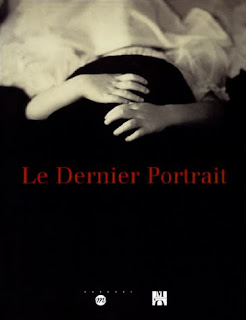Along with this blog, The Burns Archive introduced the first of three books which showcased various aspects of the collection: postmortem photography, medical photography from the Civil War, and an assortment of Daguerreotypes. (This series was released with the intention of making this private archive and collection more accessible to the general public.) These small format texts (6 x 6 3/4 inches, 15cm x 17cm) each include over 100 high quality reproductions of rare and unusual vernacular images.

The first title in this series was Sleeping Beauty III Memorial Photography: The Children, the third volume in the legacy of our memorial/postmortem photography books. Sleeping Beauty titles have become highly sought after. Signed copies of the first edition when offered are rarely sold for under $700. Copies of Sleeping Beauty II Grief, Bereavement and the Family in Memorial Photography... can be ordered from www.burnspress.com.
Copies of the Sleeping Beauty III Memorial Photography: The Children (available about November 2010) could have been pre-ordered at the time that this post was published for a special price of $25, including shipping and handling for addresses in the Continental United States. These pre-ordered books were signed on request.


